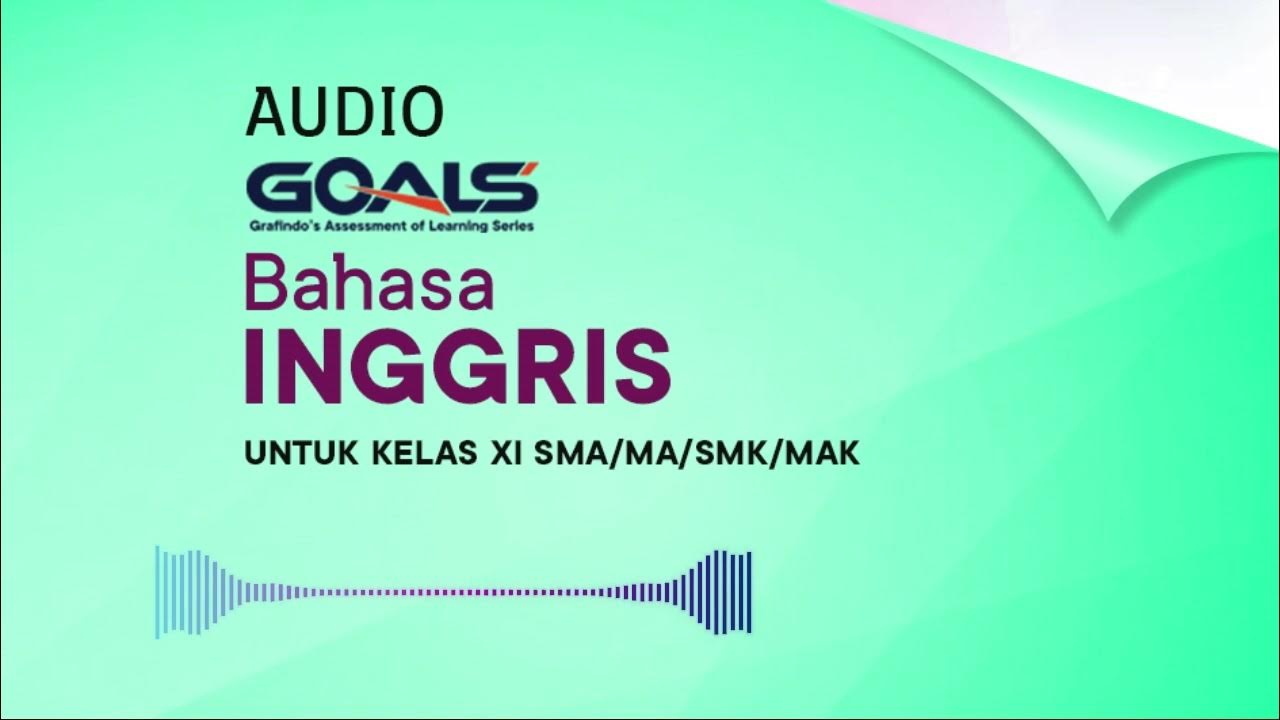Edukasi Pemilahan Sampah Organik dan AnOrganik by RSA UGM
Summary
TLDRThis video emphasizes the importance of waste segregation, highlighting that 60% of landfill waste is biodegradable and can be recycled. It introduces the 3R method—Reduce, Reuse, Recycle—encouraging viewers to minimize waste by using reusable containers and bags, and properly sorting waste into organic and inorganic categories. The video also provides practical tips for managing waste at home, showcasing how organic waste can be converted into feed and how inorganic waste can be repurposed. Overall, it advocates for proactive waste management to enhance environmental sustainability and economic value.
Takeaways
- 😀 60% of waste in landfills is biodegradable, while the remaining is difficult to decompose materials like plastic, glass, and metal.
- 😀 Ideally, landfills should only hold 20% of total waste, with the rest being recycled or reused.
- 😀 Segregating waste at the source is crucial for effective recycling and reducing landfill overflow.
- 😀 The 3R method—Reduce, Reuse, Recycle—helps minimize waste production.
- 😀 Reducing waste can be achieved by using personal containers for drinks and meals to decrease single-use products.
- 😀 Reusing products, such as opting for reusable shopping bags instead of plastic ones, significantly cuts down on plastic waste.
- 😀 Recycling involves sorting waste into organic and inorganic categories for effective processing.
- 😀 Organic waste, such as food scraps and leaves, can be processed into animal feed using maggots.
- 😀 Inorganic waste, like plastic bottles and cardboard, can be transformed into decorative items, such as flower pots.
- 😀 Setting up separate bins for organic and inorganic waste at home facilitates easier waste management and recycling.
Q & A
What percentage of waste in landfills is biodegradable?
-Approximately 60% of the waste that ends up in landfills is biodegradable.
What is the ideal percentage of waste that should be stored in landfills?
-Ideally, landfills should only hold 20% of the total waste generated.
What are the three components of the 3R method?
-The three components of the 3R method are Reduce, Reuse, and Recycle.
How can individuals reduce waste according to the script?
-Individuals can reduce waste by bringing their own containers for drinks and food, thus minimizing single-use packaging.
What does 'Reuse' entail in waste management?
-'Reuse' involves using products multiple times instead of discarding them, such as using reusable shopping bags instead of plastic ones.
What types of waste are classified as organic?
-Organic waste includes food scraps, leftover fruits, vegetables, and other biodegradable materials.
What is one way to process organic waste mentioned in the script?
-Organic waste can be processed into feed for maggots, which can then be used as animal feed.
What should individuals do to effectively separate waste at home?
-Individuals should set up two separate bins: one for organic waste and another for inorganic waste, ensuring that they dispose of items according to their type.
What materials fall under inorganic waste?
-Inorganic waste includes plastics, paper, glass, metals, and any non-biodegradable items.
Why is it important to sort waste at its source?
-Sorting waste at its source helps reduce landfill accumulation, protects the environment, increases the economic value of recyclable materials, and simplifies waste management processes.
Outlines

This section is available to paid users only. Please upgrade to access this part.
Upgrade NowMindmap

This section is available to paid users only. Please upgrade to access this part.
Upgrade NowKeywords

This section is available to paid users only. Please upgrade to access this part.
Upgrade NowHighlights

This section is available to paid users only. Please upgrade to access this part.
Upgrade NowTranscripts

This section is available to paid users only. Please upgrade to access this part.
Upgrade Now5.0 / 5 (0 votes)





